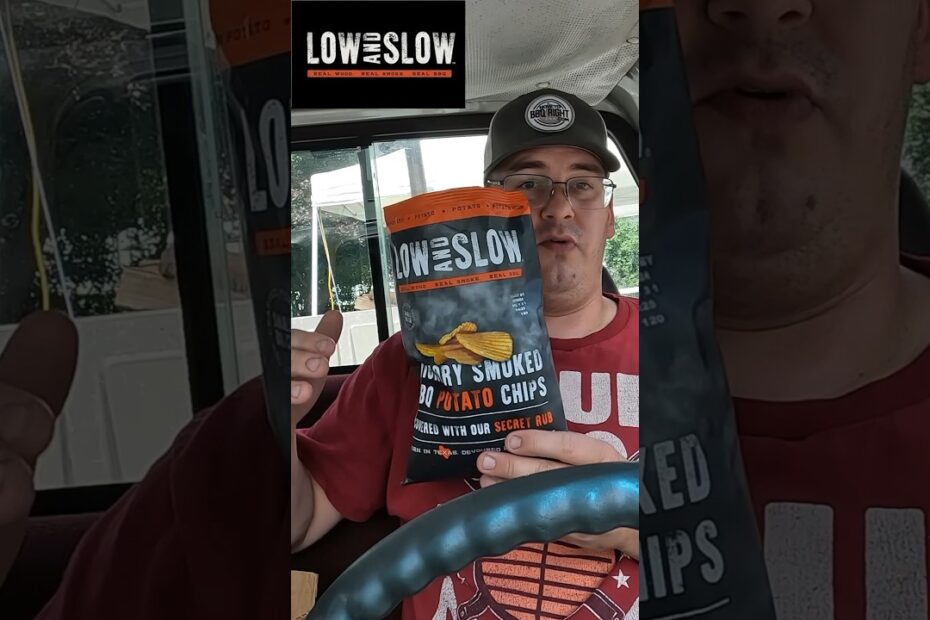Why Low and Slow Chips Outperform Traditional Frying: The Secret to Crispy Perfection
Because Potatoes Deserve a Spa Day, Not a Burn Ward
Imagine your average potato slice: wide-eyed, starchy, and utterly unprepared for the volcanic rage of traditional frying. Toss it into 375°F oil, and it’s like sending a toddler into a mosh pit—chaos ensues. The exterior burns faster than a vampire at a beach party, while the inside stays as limp as a forgotten celery stick. Low and slow frying, however, is the potato’s luxury retreat. At 250°F, the heat gently coaxes out moisture (goodbye, sogginess!) while the starch relaxes into a crispness that’s *chef’s kiss*. It’s basically a hot oil yoga session—calm, deliberate, and weirdly transformative.
The Science of Snack Seduction
Here’s the crispy truth: moisture is the enemy of crunch. Traditional frying is like trying to dry a sopping wet dog with a hairdryer—aggressive and ineffective. High heat creates a crust *too fast*, trapping steam inside like a hostage situation. Low temps, though? They’re the sneaky negotiators. By frying longer at lower heat, water evaporates gradually, leaving behind a chip so crisp it could double as a structural support beam. Bonus: the Maillard reaction (that fancy science term for “flavor magic”) happens more evenly, turning each chip into a golden-brown masterpiece.
- Low heat = less panic, more perfect crunch
- Slow fry = starch cells align like tiny edible soldiers
- Result = a chip that’s 50% snack, 50% audible ASMR
Why Your Deep Fryer Needs a Chill Pill
Let’s address the elephant in the deep fryer: patience. Yes, low and slow takes longer than blitzing spuds in Mount Doom-level heat. But think of it as marinating in delayed gratification. While traditional frying leaves you with a bag of regret (half-raw, half-charred), low-temp frying is the tortoise that wins the crispy race. The oil penetrates evenly, the starch sets without drama, and you’re left with chips that stay crunchy longer than your last New Year’s resolution. Pro tip: if your frying oil isn’t moving at a sloth’s pace, you’re doing it wrong.
How to Make Low and Slow Chips at Home: A Step-by-Step Guide for Maximum Flavor
Step 1: Befriend a Potato (and Other Necessary Rituals)
First, you’ll need a potato. Not just any potato—this spud must understand its destiny is to become a crispy deity. Wash it like you’re scrubbing a toddler after a mud pie incident. Peel optional, but highly recommended if you enjoy the aesthetic of “not eating dirt.” Slice it thinly, but not so thin that it becomes translucent and starts judging your life choices. Pro tip: Use a mandolin, but guard your fingertips like they’re the last cheese puff at a party.
Step 2: The Oil Bath of Eternal Patience
Low and slow isn’t just a cooking method—it’s a lifestyle. Heat oil (vegetable, canola, or the tears of impatient chefs) to 265°F (130°C), the temperature where time itself moves slower than a sloth on melatonin. Add potato slices in batches, ensuring they have personal space—nobody likes a chip mosh pit. Wait. Wait some more. Stare at the oil like it’s a lava lamp. This is the “slow” part. Embrace the absurdity.
- Critical reminder: If your oil starts sizzling like a disgruntled raccoon, turn down the heat. You’re making chips, not summoning a demon.
Step 3: The Crispening™ and Seasoning Sorcery
When the chips turn golden-blonde (think “sun-kissed, not sunburned”), remove them and let them drain on a rack—not paper towels. Paper towels are for amateurs and people who enjoy soggy regrets. Sprinkle salt immediately, or go wild with paprika, garlic powder, or crushed existential dread. Let cool. This is non-negotiable. Biting into a hot chip is like proposing marriage on a first date: bold, messy, and likely to end in tears.
Now, revel in your creation. You’ve just turned a humble tuber into a crunch masterpiece. The universe salutes you.
